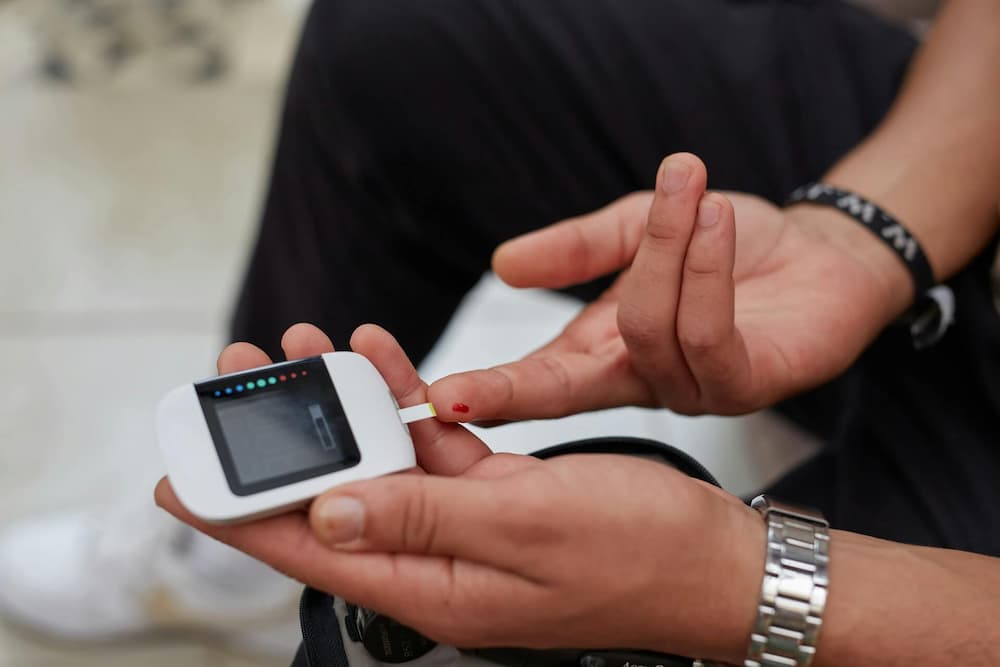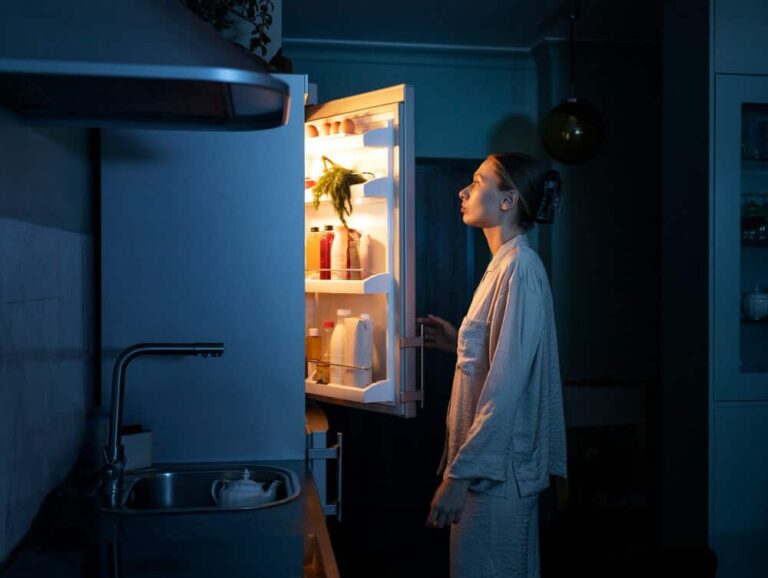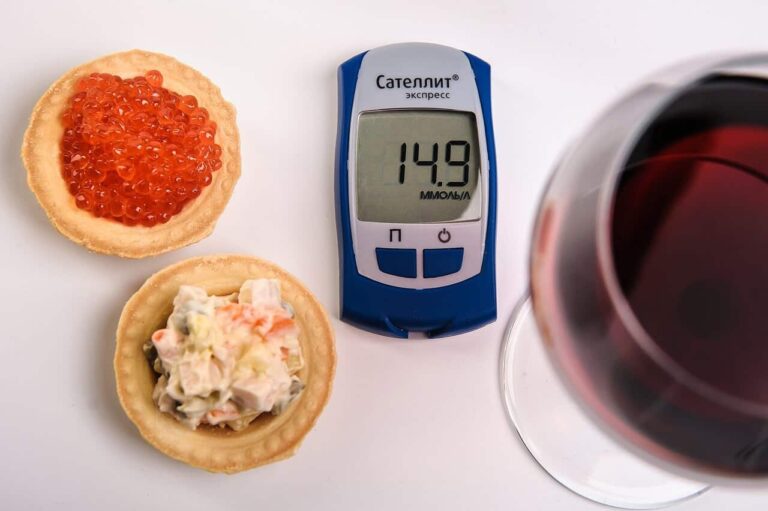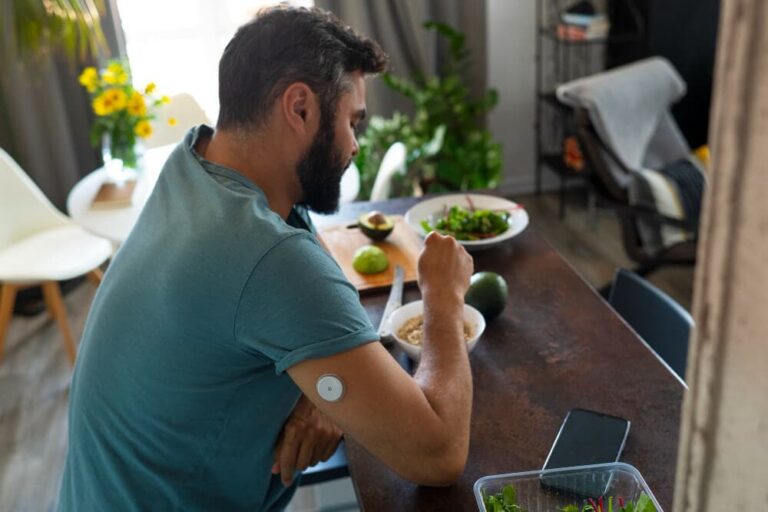Let’s start with the question you’ve been asked a million times, in a million different ways:
“Did you eat too much sugar as a kid?”
Or maybe the one you silently ask yourself after a stubborn high blood sugar:
“What did I do wrong this time?”
There’s a heavy dose of shame, blame, and misunderstanding that clings to diabetes like a faulty infusion set. For those of us with Type 1, it’s a double whammy: the world confuses our condition with Type 2, and we relentlessly blame ourselves for not being a perfect pancreas-impersonator.
But reality? It’s way more complicated than that. And no, this isn’t your cue to guilt spiral over that slice of pizza. Let’s dig a little deeper, shall we?
🎯 The Great Diabetes Mix-Up: Why Everyone Thinks T1D is T2D
Before we can tackle self-blame, let’s clear the air on the biggest source of external blame: widespread confusion. Type 1 Diabetes is not a lifestyle disease. It’s not “the bad kind” or “the good kind.” It’s a completely different biological process.
Think of it this way: Your immune system is supposed to be your body’s highly trained security team. In Type 1 Diabetes, that security team has a glitch and mistakenly identifies your insulin-producing beta cells as intruders. It launches a full-scale attack and eliminates them. It’s an autoimmune condition, plain and simple.
Here’s a no-nonsense breakdown:
| Feature | Type 1 Diabetes (T1D) | Type 2 Diabetes (T2D) |
| Cause | Autoimmune attack destroys insulin-producing cells. | The body doesn’t use insulin effectively (insulin resistance). |
| Insulin | The body produces very little or no insulin. | The body still produces insulin, but it’s not enough or doesn’t work well. |
| Onset | Often sudden, usually in childhood or young adulthood. | Develops gradually, more common in adults. |
| Primary Fix | Lifelong insulin therapy is required for survival. | Often managed with lifestyle, oral meds, and sometimes insulin. |
So when someone asks if you can “cure it with a diet,” they aren’t being malicious. They’re just confused. Your job isn’t to absorb their misunderstanding as blame.
🧬 You’re Not a Robot: The Myth of “Perfect” Control & Self-Blame
Now, let’s talk about the blame we put on ourselves. We have Continuous Glucose Monitors (CGMs) that give us data 24/7. We have advanced insulin pumps. We count every carb. And yet, sometimes, our blood sugar goes on a rollercoaster ride for no apparent reason.
Why? Because you are managing a biological system with over 180 factors that can affect blood sugar. These include:
- Stress (Hello, cortisol spikes!)
- Hormones (That time of the month, anyone?)
- Lack of sleep
- The weather (Yes, really. Heat and humidity can affect insulin absorption.)
- The type of exercise (A sprint spikes, a long walk drops.)
- The timing of your meal.
- Fat and protein content.
Expecting a perfectly flat CGM line is like expecting to walk through a hurricane without getting wet. You didn’t choose your faulty immune system, and you certainly don’t have a crystal ball to predict every single variable.
You’re a human managing a rogue pancreas, not a machine running a perfect algorithm. Sometimes, biology throws a curveball. The goal isn’t to never get a curveball, but to learn how to adjust your swing.
⚖️ The Problem with the Blame Game (The T1D Edition)
Blaming yourself for a high or low blood sugar is like blaming yourself for needing to breathe. It’s a pointless and draining exercise.
When you internalize that blame, you start playing a losing game. It leads to diabetes burnout. You avoid checking your sugar because you’re afraid of the number. You see a 200 mg/dL reading not as “data,” but as a “failing grade.” This shame-fueled silence is where mental health suffers and management becomes a chore, not a practice.
Shame doesn’t lower your A1C.
Guilt doesn’t make your pre-bolus work better. It just makes you feel crummy while your blood sugar does its thing.
Curiosity, compassion, and consistent action do.
So instead of asking, “What did I do wrong?”, let’s reframe the question:
“Okay, that happened. What can I learn from this, and what’s my next move?”
That’s where the power lies.
🌟 You Can Take Control (But Perfection Isn’t the Goal)
The moment you drop the blame, you can start using your energy for things that actually work. This isn’t about achieving a state of T1D sainthood. It’s about building a toolbox of small, sustainable habits.
Perfection is a myth. Consistency and self-compassion are the goals.
Your blood sugar spiked after that tricky meal? Great! You learned something about how your body handles that food. Now, you take a correction bolus, maybe go for a walk, and move on. That is infinitely better than sitting on the couch feeling like a failure.
Your toolbox is more flexible than you think:
✅ Learning your patterns: Use your CGM data as a curious scientist, not a harsh judge.
✅ Pre-bolusing: Giving your rapid-acting insulin a head start is a game-changer.
✅ Movement: Learning how a 15-minute walk after meals can blunt a spike.
✅ Connecting with others: Sharing your frustrations and wins with the T1D community is powerful medicine.
✅ Giving yourself grace: Some days are just tough. And that’s okay.
You’re not doomed. You’re not broken. You’re in a place of possibility, learning to dance with an unpredictable partner.
🙌 Real Talk: You Are Not Your A1C
Getting diagnosed with Type 1 Diabetes is a life-altering event. Suddenly, this medical term feels like a label stamped on your forehead.
But let’s get something straight: A diagnosis is a roadmap, not a life sentence. It’s a piece of information, not your entire identity.
You are not your lab results.
You are a parent, a friend, an artist, a book lover, an expert at telling terrible jokes. You are all the things you were the day before you got that diagnosis.
Your worth isn’t measured by an A1C. Your A1C is a data point. It’s a helpful one, for sure, but it doesn’t measure your kindness, your humor, or your incredible resilience in managing this relentless condition every single day.
This isn’t a punishment. It’s an invitation—to tune into your body, to become your own best advocate, and to live with powerful intention.
🔍 Final Thoughts: It’s Not Your Fault, It’s Your Fight
So, let’s circle back. Is it your fault you have Type 1 Diabetes? Absolutely not. Is it your fault when your blood sugar isn’t perfect? Nope.
The cause was a biological fluke. The management is a relentless, 24/7 tightrope walk. Blame has no place here.
But responding to it? Learning from it? Advocating for yourself? That part is in your hands—and that’s where the magic happens. This is your opportunity to trade guilt for curiosity, and shame for strategy.
The journey with T1D doesn’t need to be defined by Type 1 Diabetes blame; it can be defined by your strength.
You’re not alone. And you are most definitely not to blame. Let’s focus on what we can do—because there’s so much we can.











